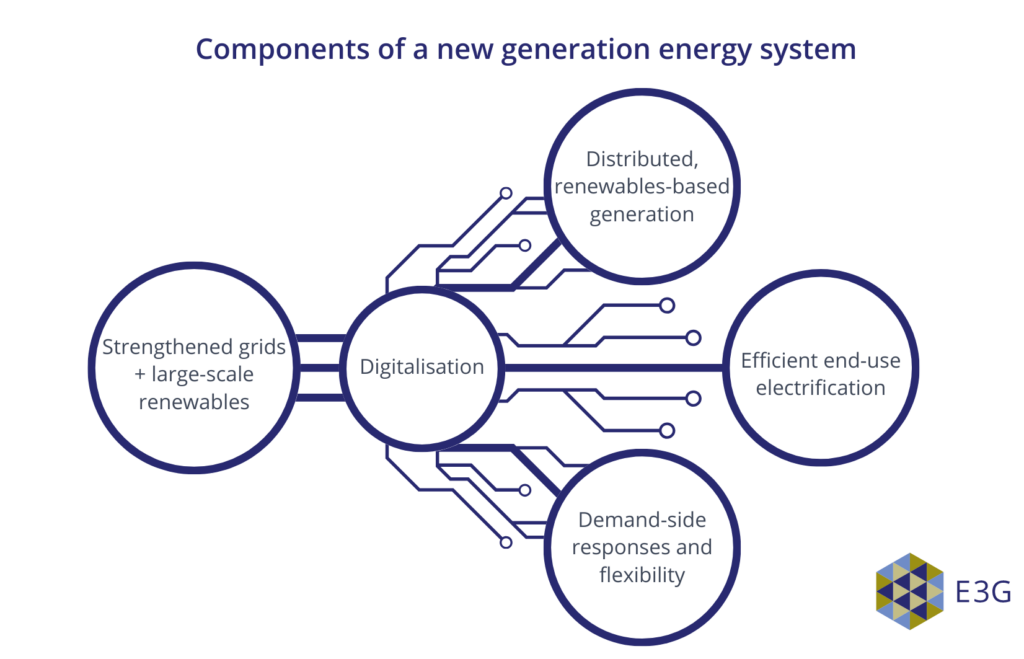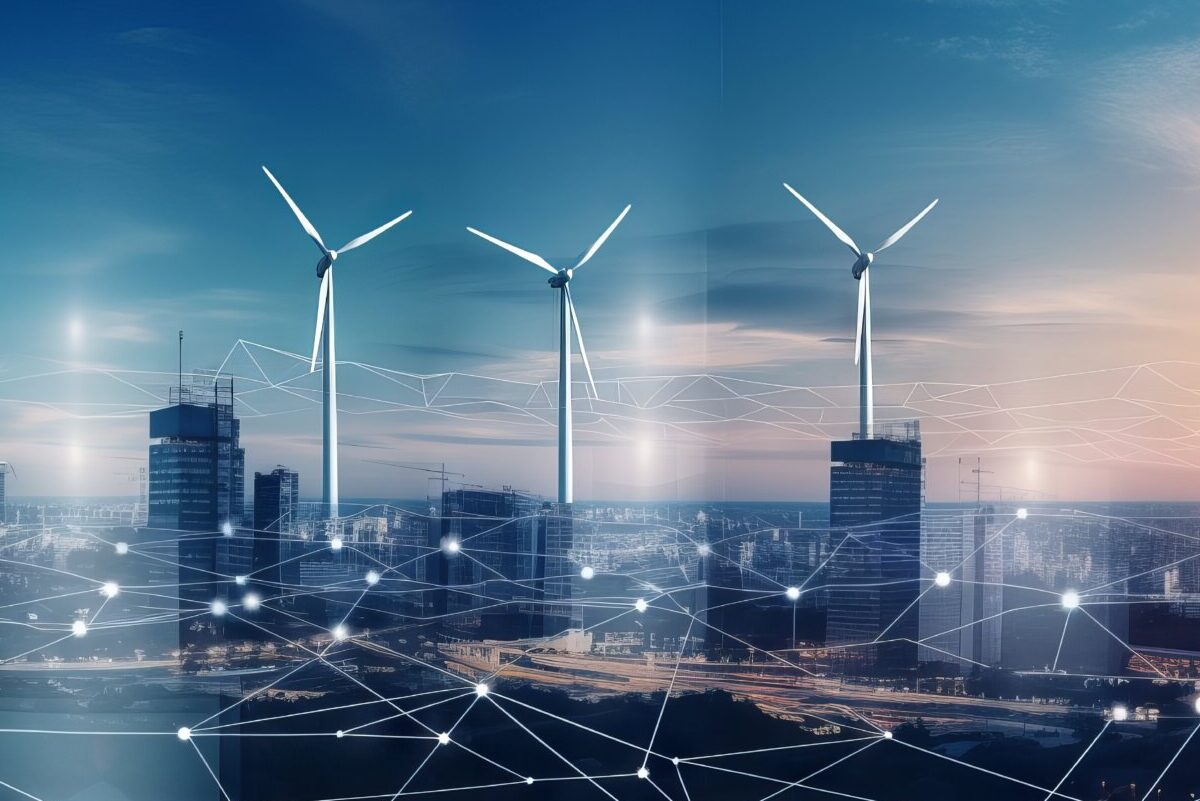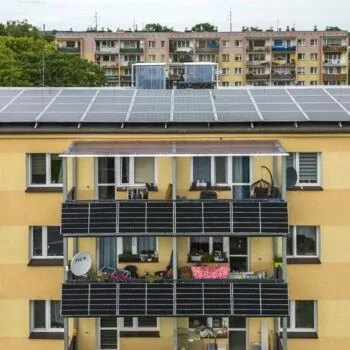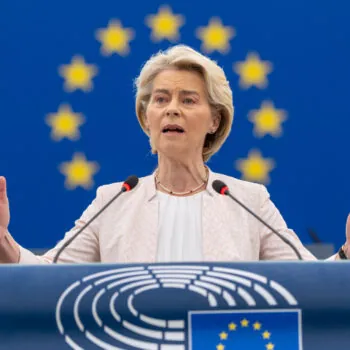Economic and political momentum is growing behind a new generation of energy systems. Future systems can achieve the multiple goals of energy affordability, equity, and net zero by deploying and integrating distributed, efficient, and flexible components. A more energy-secure and just world beckons – if key stakeholders can push forward a collaborative action plan to overcome remaining barriers.
Energy systems transformation is reaching a tipping point. Net zero targets cover more than 90% of global GDP, geopolitical pressures on energy security are driving investment in energy efficiency, and the cost of batteries is falling. Distributed solar applications have remained highly competitive during the energy crisis, more so than utility-scale projects, and are on track to account for half of 2023 global deployment of solar photovoltaics.
Yet, we risk missing the deadline to achieve universal energy access by 2030 and we are dangerously off track to reduce emissions. In the face of more frequent climate impacts and volatile energy prices, distributed solutions will build resilience and help meet household and business needs. A new generation of energy system is emerging: now is the moment to rally around it.
Building on foundations: critical components to achieve shared goals
The figure illustrates the components that will be integrated in the new generation energy systems.

- New generation energy systems expand from dependence on centralised power to include more distributed renewable generation.
- While not all end uses will be electrified, new energy systems will require end-use electrification to grow rapidly.
- Greater demand response and flexibility capabilities can address the intermittency of renewables, allow energy users greater agency, and meet peaks such as high cooling loads during heat waves.
- Digitalisation enables these different components to interact seamlessly and better match supply to demand.
- Strengthened grid infrastructure will be needed to support deployment of large-scale renewables, demand-side measures, and flexibility services.
Under-funded grid infrastructure remains a challenge, slowing growth in new renewables capacity and limiting generation from existing power plants. It is estimated that 80 million kilometres of new grid are needed by 2050 to reach net zero – enough to replace the entire global grid today. While grids are being expanded, it will be critical to make maximum use of distributed generation on-site via electrification, electric vehicle deployment, and ramping up storage capacity.
Overcoming barriers to drive global progress towards a new generation of energy systems
Individually, the components of new energy systems have been the focus of dedicated campaigns. However, common barriers – such as legislation, permitting, business models, and financing designed for utility-scale projects – have slowed progress.
Proponents of the new generation of energy systems can break down silos and create an ecosystem to champion distributed solutions by advocating for:
- A global one-stop-shop (OSS) for new generation energy systems, including a facility for country-level pathway analysis. This facility can build on the work of existing international initiatives and build collaboration links with national OSS advisory services. It would provide a suite of knowledge and technical assistance services on financing, and guidance on technology choices and procurement.
- Champion governments, such as Kenya, Nigeria, and Nepal, to convene regional delivery summits on new generation energy systems. This could start with a summit on the sidelines of the Africa Climate Summit and SDG Summit in September 2023, or the Climate and Energy Summit in October 2023. Topics of discussion can include regional supply chains and labour markets, preferential trade conditions, and harmonised standards for key components and inter-institutional exchange.
- Global delivery targets and tracking measures for the new generation of energy systems. These should include targets for demand-side resources, energy efficiency, flexibility, and distributed renewables. Targets should be based on models and analysis that account for distributed energy integration, and leverage existing platforms for accountability.
- A global commission to review the best financing options for new generation, consumer-led systems. The commission should bring together international finance institutions, including multilateral development banks, in consultation with civil society organisations and industry. It can review the best business models to scale funding and recommend a more comprehensive forward approach. This could include convening the International Energy Agency’s exchange rate risk platform, Get Invest platform, the Private Financing Advisory Network (PFAN), and philanthropy.


